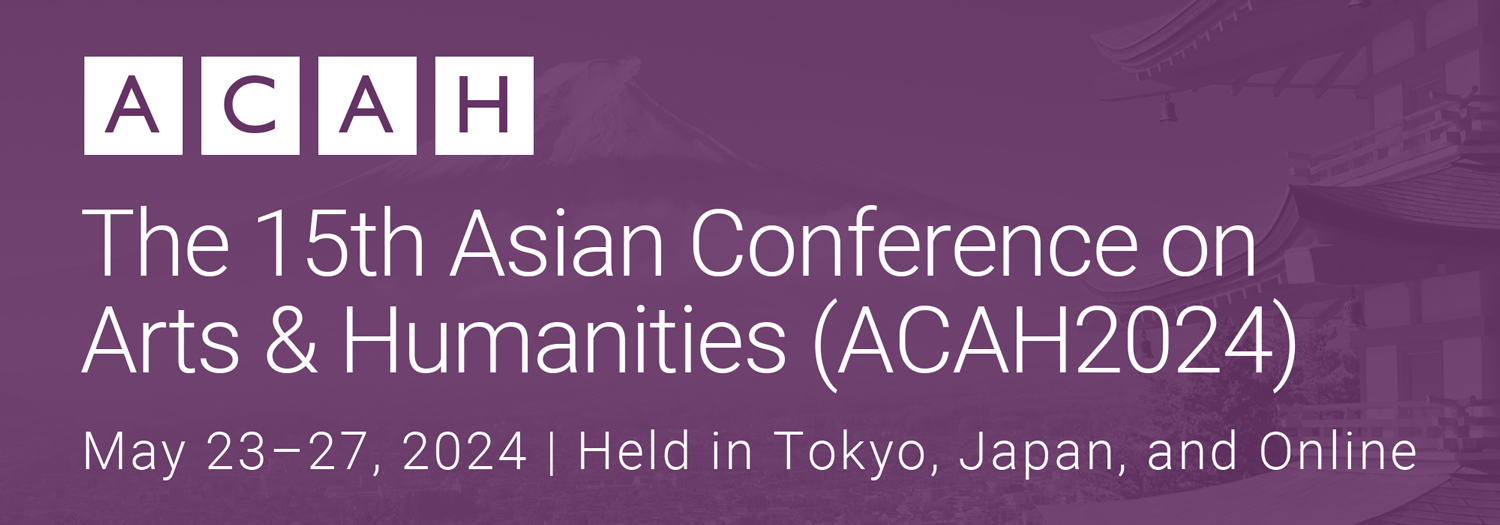How Indonesian EFL Students Interpret Memes: A Critical Literacy and Relevance Theory Perspective (78247)
Session Chair: Angeliki Kordoni
Saturday, 25 May 2024 17:35
Session: Session 5
Room: Room 703
Presentation Type: Oral Presentation
Memes, a medium to share thoughts, feelings, and opinions, have been spread widely through the internet. Since it is written in English as a lingua franca, the people who access memes are from various levels, including Indonesian EFL students. Hence, using memes as a new genre promotes critical literacy and pragmatics ability, allowing EFL students to interpret the intended meaning behind what is written and shown in memes and pictures. This study aims to determine how Indonesian EFL students interpret memes linked to their critical literacy and pragmatics ability. By employing the qualitative study, using an open-ended questionnaire to gather the data, and analyzing the Relevance theory of pragmatics by Sperber & Wilson (1986) and the Resources Model of the critical literacy paradigm by Luke & Freebody (1999), the findings show that around 57.6 % of the 33 students participating in the study understand the memes. However, only about 42.4 % of students can interpret the intended meaning of memes, which leads to an assumption that their critical literacy ability still needs to improve. The revealing data is assumed to contribute to using memes as multimodal media in practising students’ pragmatics and critical literacy ability.
Authors:
Widya Nur Faradina, Universitas Pendidikan Indonesia, Indonesia
About the Presenter(s)
Ms Widya Nur Faradina is a University Postgraduate Student at Universitas Pendidikan Indonesia in Indonesia
See this presentation on the full schedule – Saturday Schedule





Comments
Powered by WP LinkPress